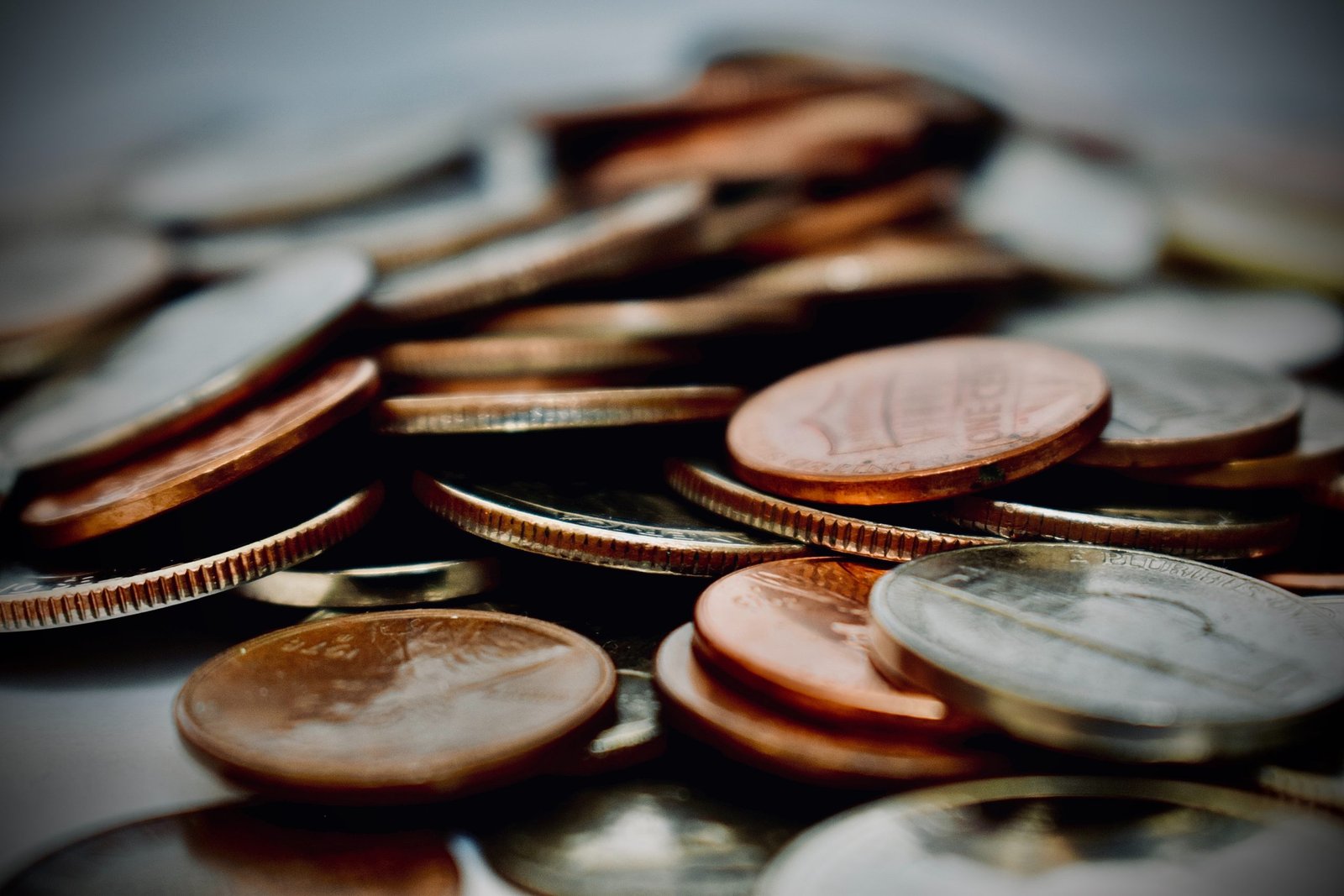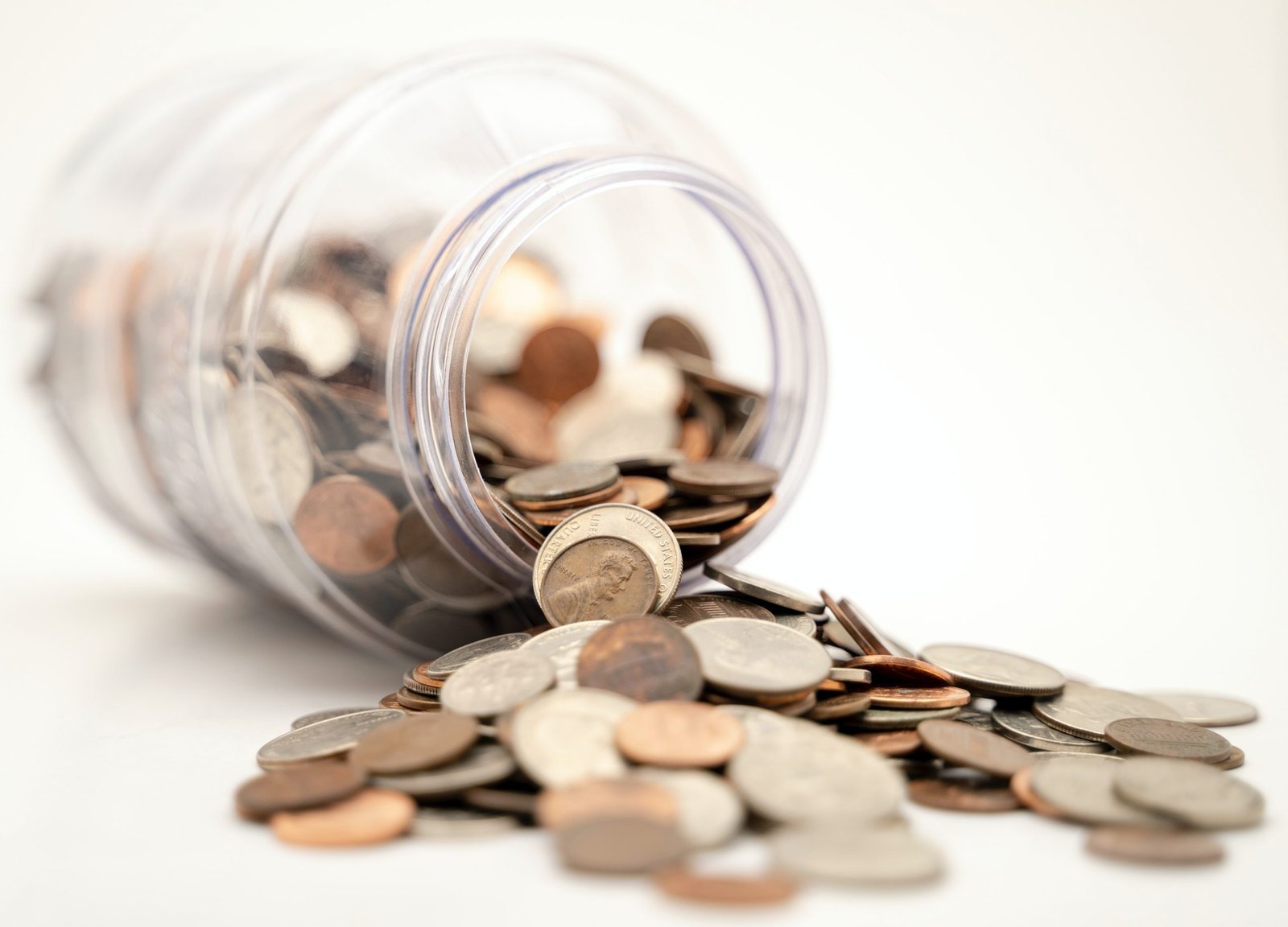Whether you are brand new to coin collecting or a veteran collector, understanding the value of coins is a crucial first step toward building a collection.
In the world of coins and currency, there are so many different types of coins that it can be challenging to figure out which ones are worth collecting.

If you’re looking to start a new hobby of collecting coins, you will want to know your options and reach your goals. However, some are well-known in the numismatics world regarding famous coins. This post will cover some of the most valuable coins currently in collections worldwide.
What Is Coin Collecting?
Coin collecting is the act of collecting and trading coins and is officially referred to as numismatics. Numismatics is the study of money, including coins and related objects. Numismatists are keenly interested in the intrinsic value of their collection and often sell items to collectors, who may be numismatists themselves or not. A numismatist is an individual who studies, collects, and trades coins as a hobby or profession. It is a popular hobby among people fascinated by this old type of money or the coins’ design. Some people collect them as a hobby, while others buy them and sell them at flea markets or online.
Challenge coins, on the other hand, are coins that have been minted as a token of appreciation or recognition for service or accomplishments. They can also be given as rewards for special achievements. With its origin dating back to the Roman Empire, the history of challenge coin is then passed on to World War I where it was used by the American Army as a way to reward loyalty and bravery. It has evolved over the centuries and is now associated with military service, especially in the United States. It symbolizes devotion and loyalty to one’s comrades and country.
How Can You Tell If A Coin Is Worth Collecting?
It’s impossible to give a concrete answer to whether or not a given coin is worth collecting because it all depends on your personal preferences. But there are sure signs that can help you determine if it is worth taking home or not. Many factors go into determining whether a coin is worth collecting. The coin’s condition, its rarity, and the company that produced it are all essential aspects to consider.
Most Popular Coins On The Numismatics Scene
The coins that are often seen in numismatic auctions are the most popular ones. The coins deemed “most valuable” or “rarest” are usually popular among collectors. There are also specific categories that collectors are interested in.
Commemorative Coins
Commemorative coins are a type of coin produced by a nation or an organization to commemorate an event, person, or period of history. They are given either as gifts or for public sale with the intention that they will become collector’s items. Commemorative coins are intended to be used as souvenirs and collectibles rather than circulated money. The 1977 Jubilee Crowns and certain US dollar coins are good examples. They often cost more than their face value, and the profits from their sales go towards funding the commemorative cause.
Precious Metal Coins
People collect precious metal coins for many different reasons. Very few people can afford to purchase and hold a rare coin, but this doesn’t mean they stop collecting them. The appeal of rare coins is the idea of owning something special and unique that is difficult to find. They represent a form of wealth and an investment in the future. Some people collect coins as an investment, while others might collect them to have a tangible piece of history that they can share with their family or friends. Some people might even collect them because they are beautiful or exciting to look at, while others might collect coins because they represent freedom and sovereignty.

Error Coins
Error coins are tokens issued by a government or mint to acknowledge a mistake, which has been made. These are usually people who have discovered an error and have profited from it. People who collect error coins have many reasons for doing so. Some people use these errors to validate the precious metal content on the coin and then sell it as bullion, while others just want to decorate their home with exciting pieces of history. Others hope to find rare errors like those that date back to ancient times.
What Are The Most Sought After Coins In The Current Market?
Even though every collector will have their own preference on what they prefer to collect, certain coins are so rare; they are highly sought after and demand a high price. The following are examples of coins that almost all collectors would love o add to their own collections:
- 1909-S V.D.B. Lincoln Cent
- 1973 European Economic Community 50p
- 1878-CC Morgan Silver Dollar
- 1983 New 2p Coin
- 1955/55 Doubled Die Lincoln Cent
- 1937 Edward VIII Brass Threepence
- 1916-D Mercury Dime
- 1996 Football European Championship £2
If you are interested in collecting coins, you should start with an area of coins that you find interesting. The most important thing to remember when you are starting to collect coins is to have fun. Nevertheless, if you happen to stumble across an extremely rare coin, you might end up having a bit more fun than you imagined!






